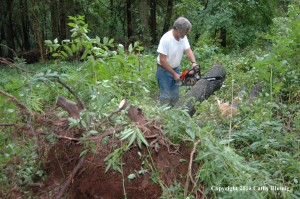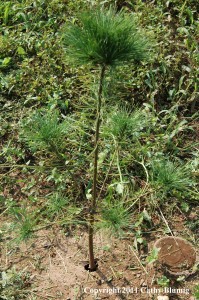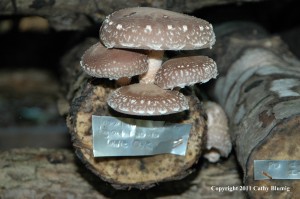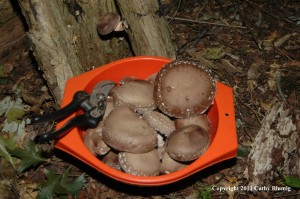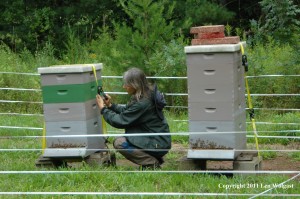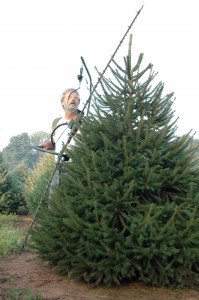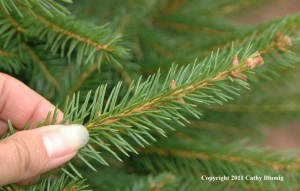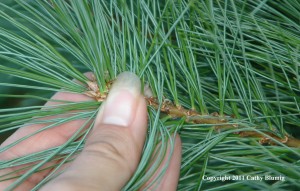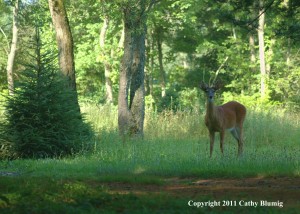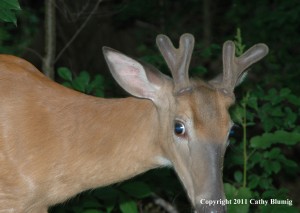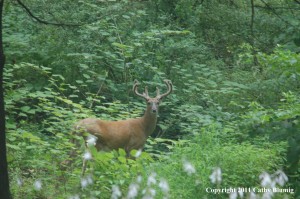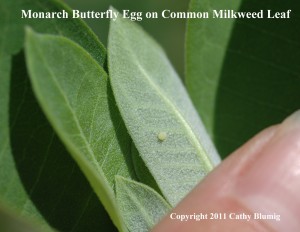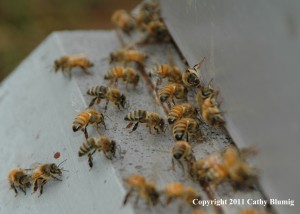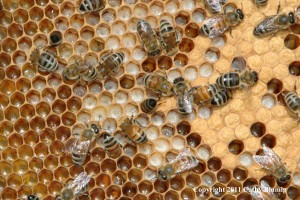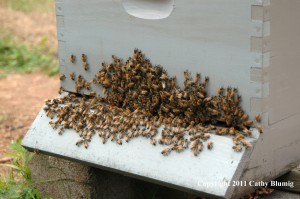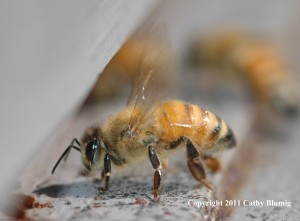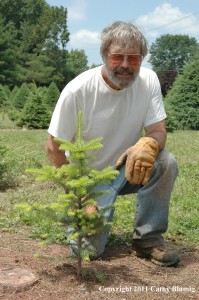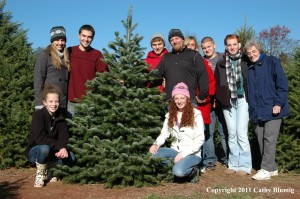
The Huntington Family of Hillsborough were the first visitors to our choose & cut Christmas tree farm this year.
Wolgast Tree Farm officially opened its doors to Christmas tree hunters across central New Jersey and beyond last Saturday, November 26th, but we’ve been so busy making fresh wreaths, grave blankets and meeting with tree customers who made appointments to visit during the week that only now have we had a chance to showcase the first family to get a tree this year: the Huntington family of Hillsborough!
The Huntingtons have been coming to our choose and cut Christmas tree
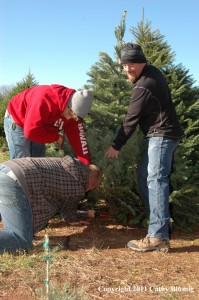
Taking turns holding branches out of the way and cutting the tree with a bow saw at Wolgast Tree Farm.
farm for many years. They found a lovely Nordmann fir to help celebrate Christmas. Everyone took turns holding branches out of the way and cutting the tree with the bow saw. They did a great job!
Although many people like to cut a tree themselves, don’t worry if you’d rather not get down on all fours. We have helpers who are happy to do the cutting for you and help get the tree to your car.
Whether you cut your tree or one of our helpers does, wear clothes and footwear that you don’t mind getting dirty, especially if its wet out.
And here’s another important tip: most ceilings are 8-feet high, so your tree should probably be between 6 and a half, to 7 – feet tall if you want it to go floor to ceiling and still be able to accommodate a tree topper and a stand. For some reason Christmas trees look much smaller in the field than they do once they are brought into your house. Remember, you don’t have to take the entire tree. We’re happy to cut it to size so it will fit in your house.
And speaking of Christmas tree stands, take a look at this tree stand we found hidden in the rafters of our outbuilding. It’s the Christmas tree stand Len used when he was a kid! We looked for a manufacturer’s name on the stand but couldn’t find one. It’s at least sixty years old and charming to beat the band, but from the looks of it not as easy to use as the Superior Tree Stands we have at the farm. Many people who have bought the Superior tree stands have said it prevented many family arguments it was so easy to use. They liked the large water reservoir too, to help keep their tree fresh.
Between discovering Len’s antique tree stand and seeing the return of so many farm visitors who have been coming to us for years, we’re really in the holiday spirit at Wolgast Tree Farm!
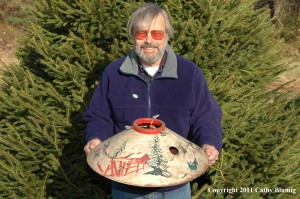
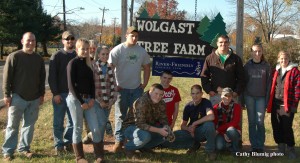
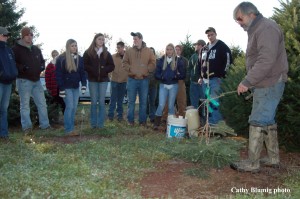
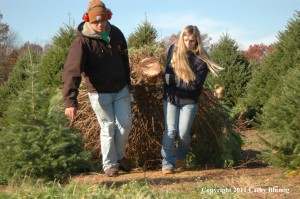
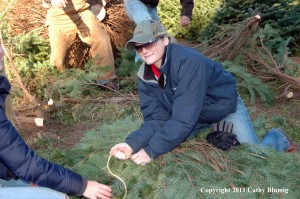
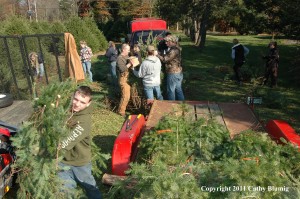
![richardguadagno911[1]](http://www.wolgasttreefarm.com/wp-content/uploads/2011/09/richardguadagno91112.jpg)

